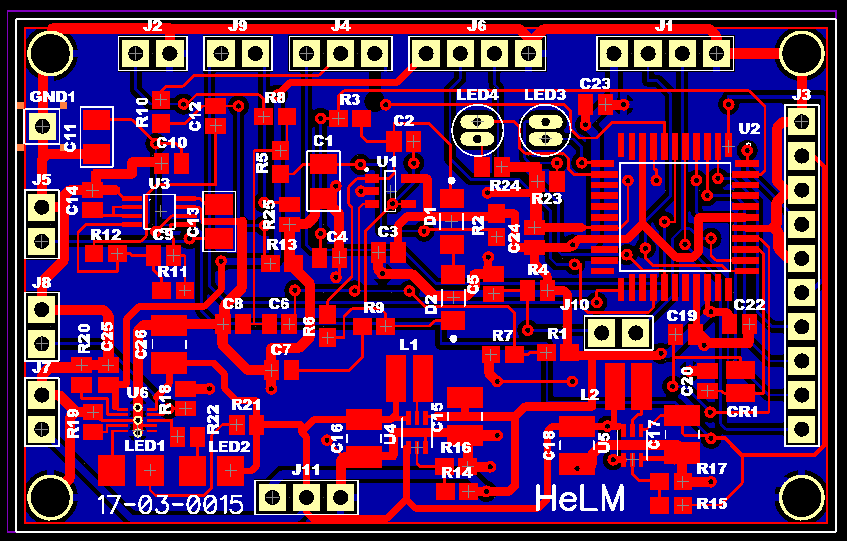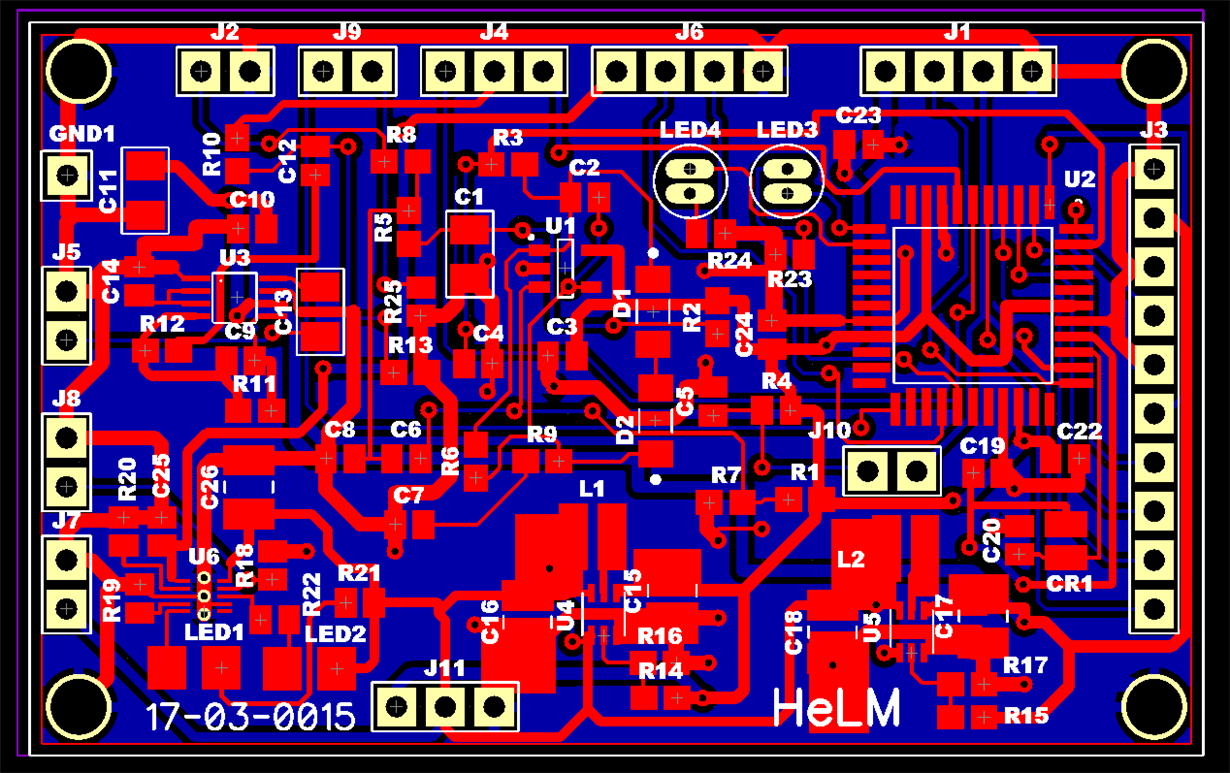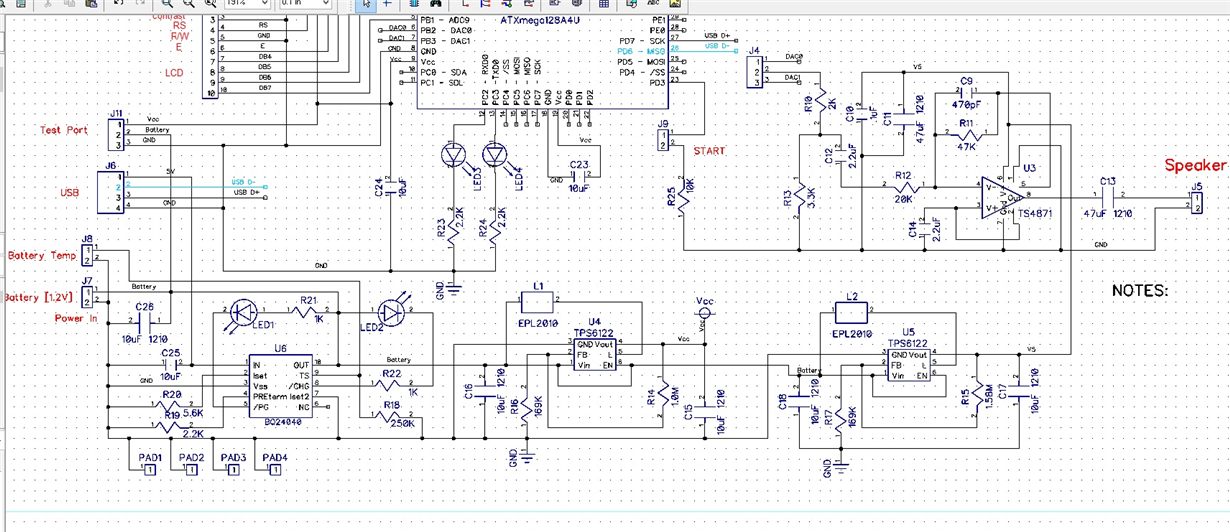I use 2 of these on a board, one for 5.0V, and the other for 3.3V. I set the resistors appropriately. 3 boards were built up, and the supplies tested. Out of 6 parts, one gave me the correct voltage - 5V, and the other 5 were all over the place. The one correct part regulated reasonably well, the other were far from spec. The 5 "off" parts had the FB pin ranging from about 0.22V to 0.98V - not the 0.5V as per the data sheet.
The layouts are reasonably close to the suggested layout. Both input and output caps are 10uF. The resistor selection was per that suggested in the data sheet.
Can anyone tell me why these parts fail so miserably? I cannot see anything that I've done that is in great variance with the Datasheet.




